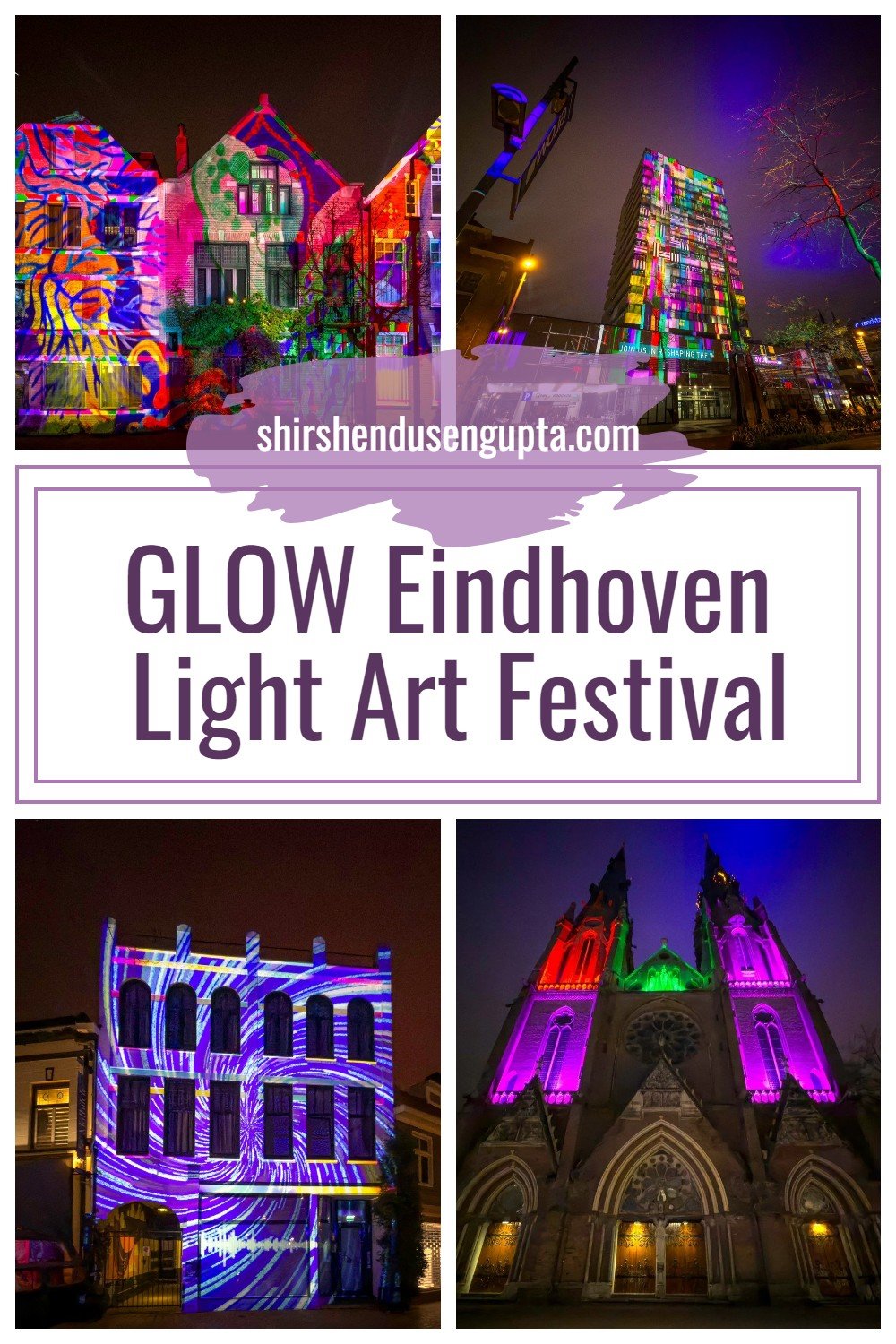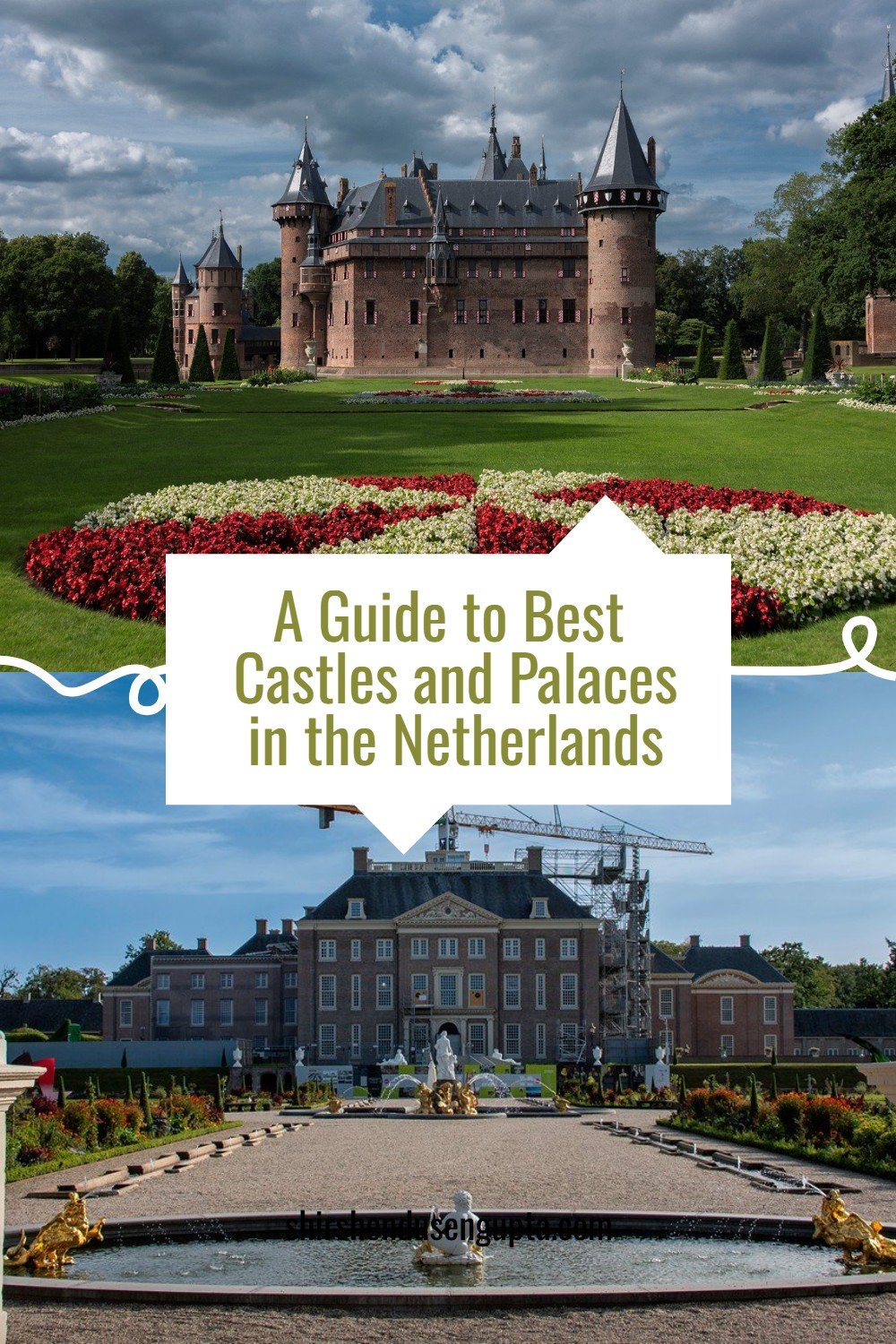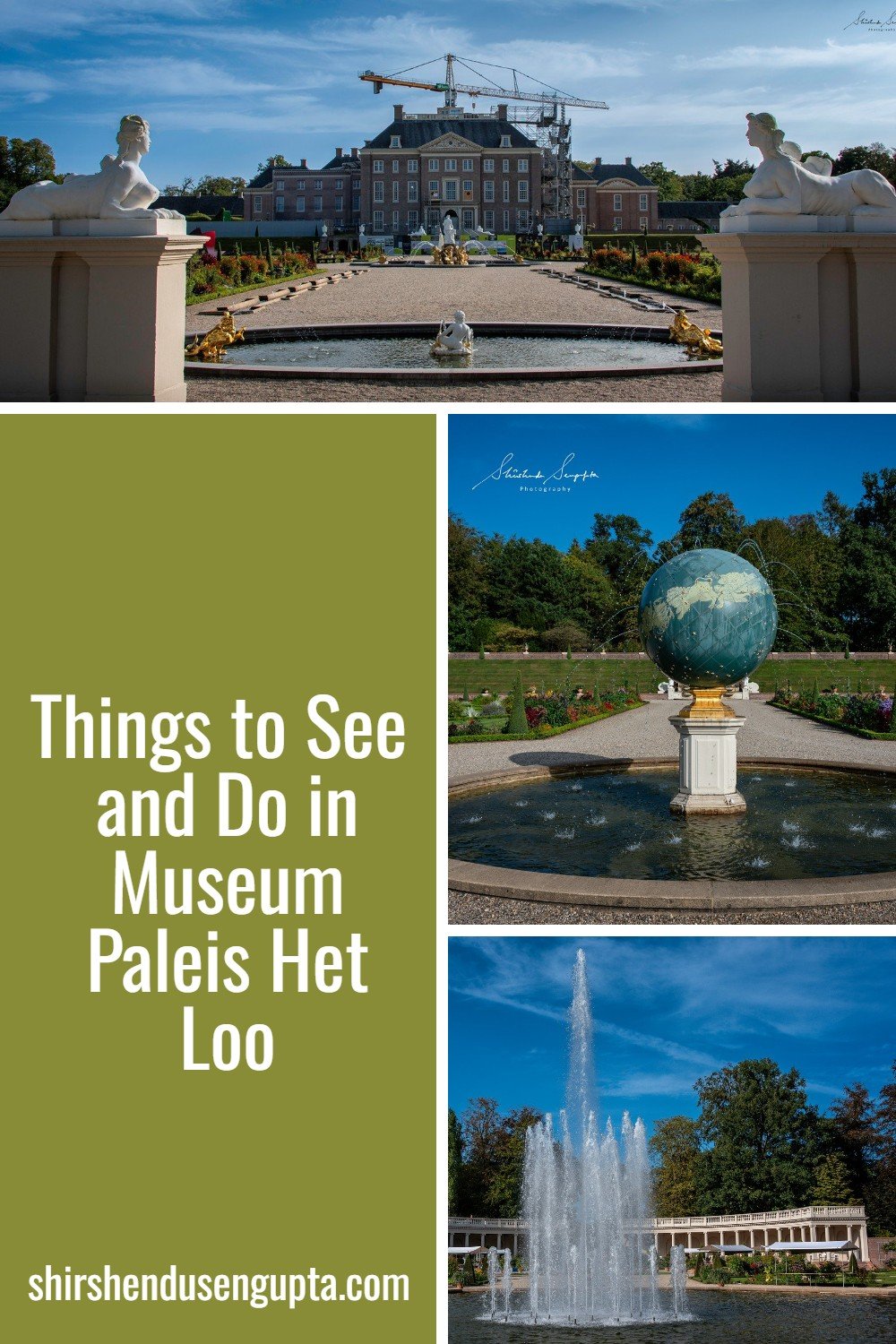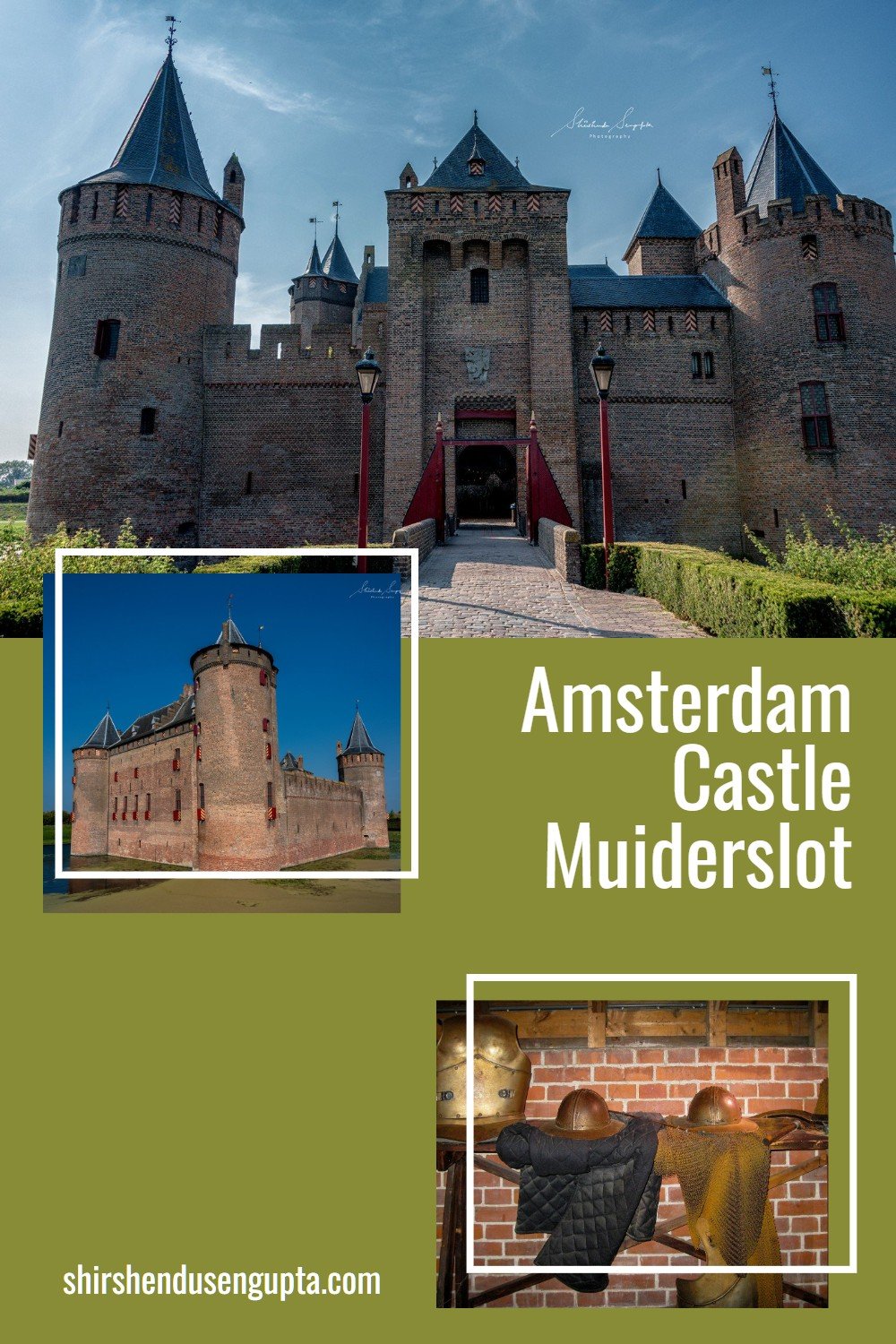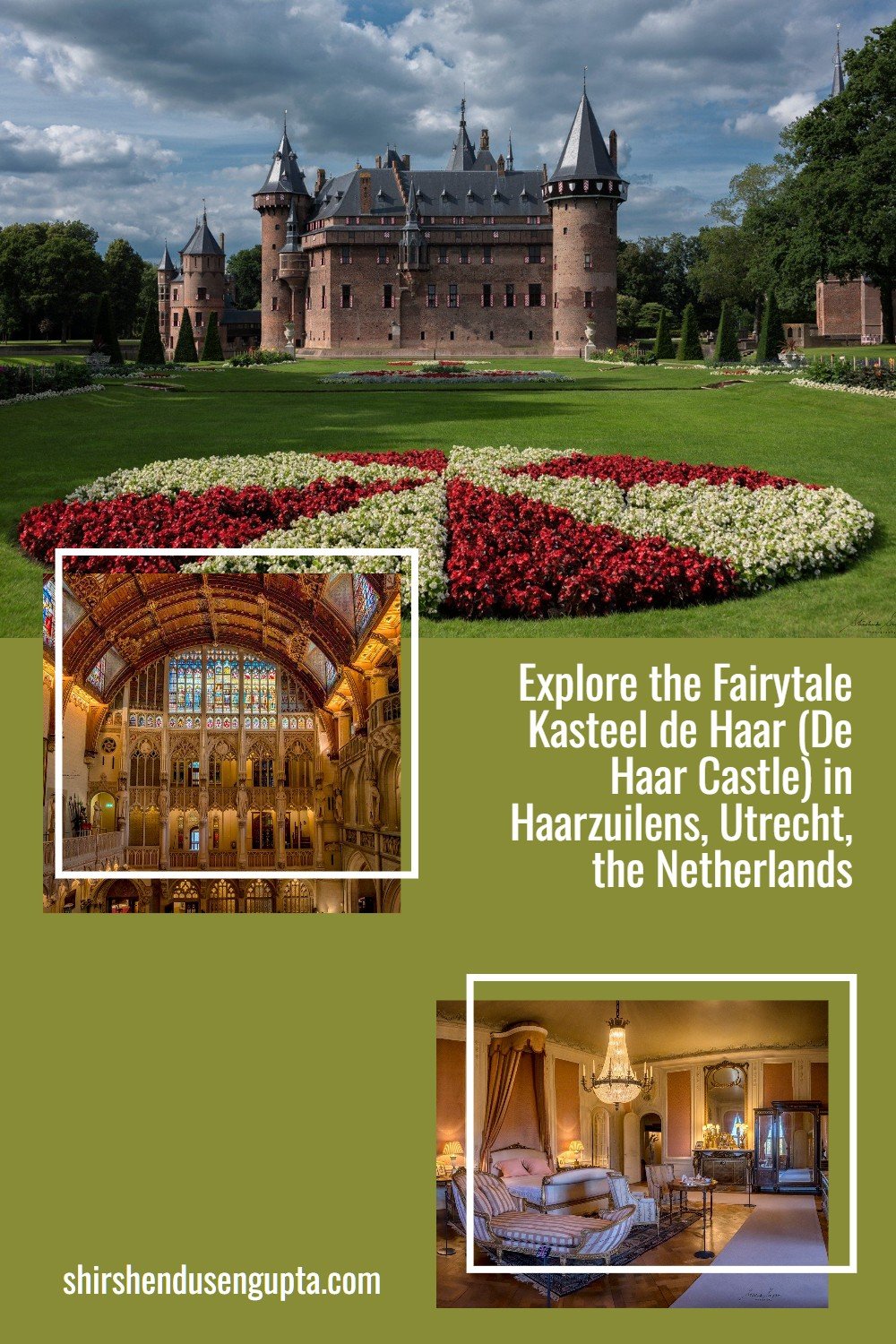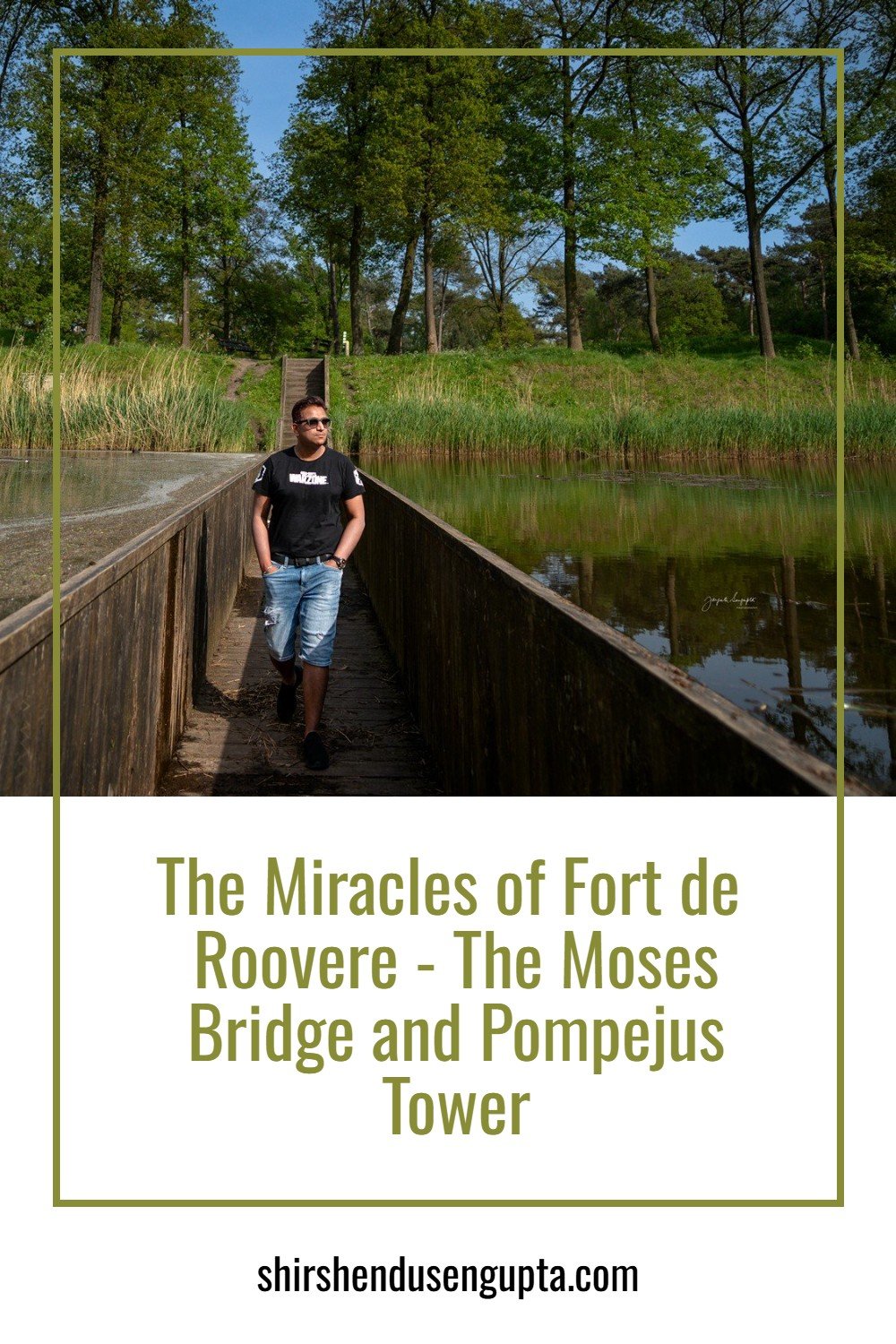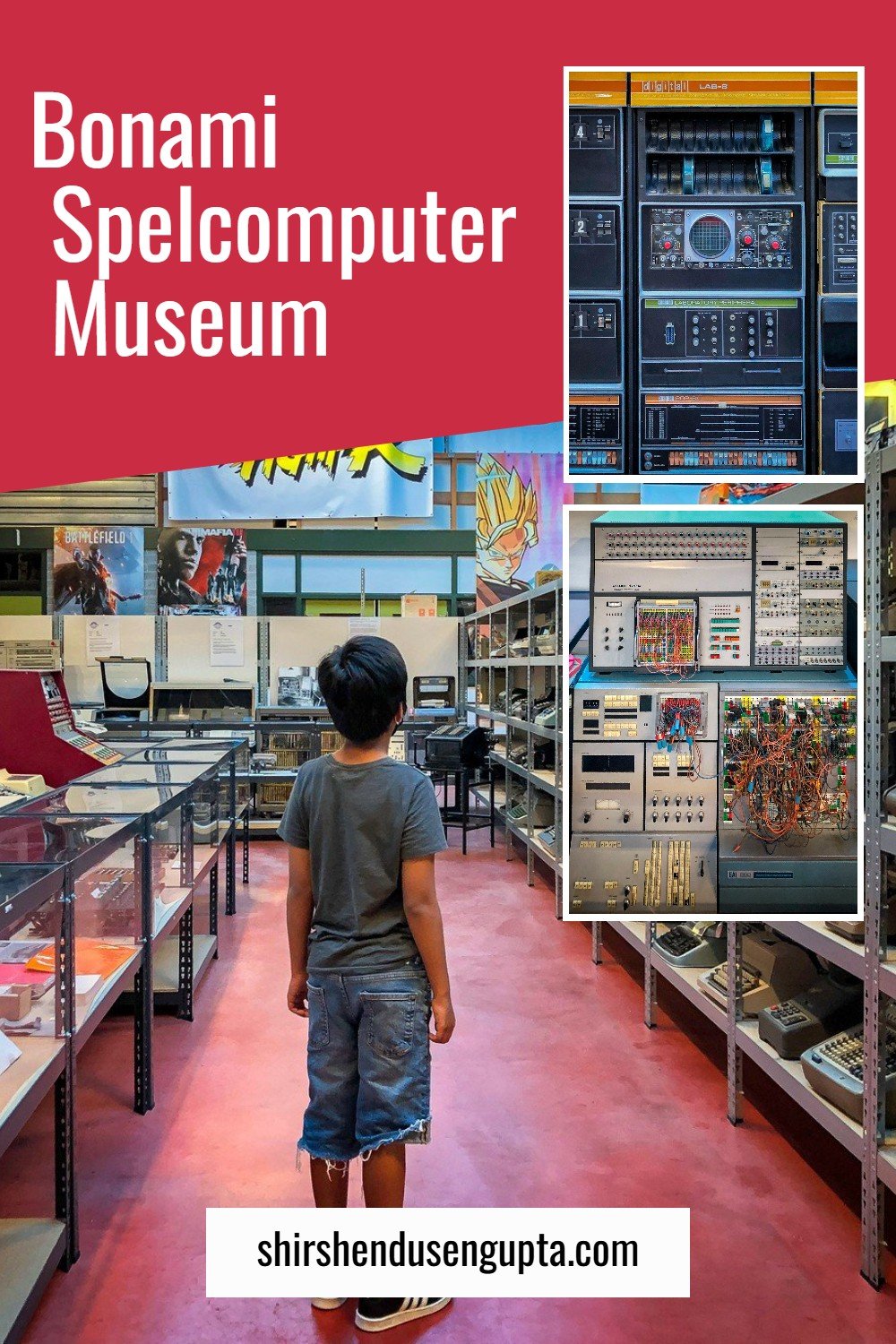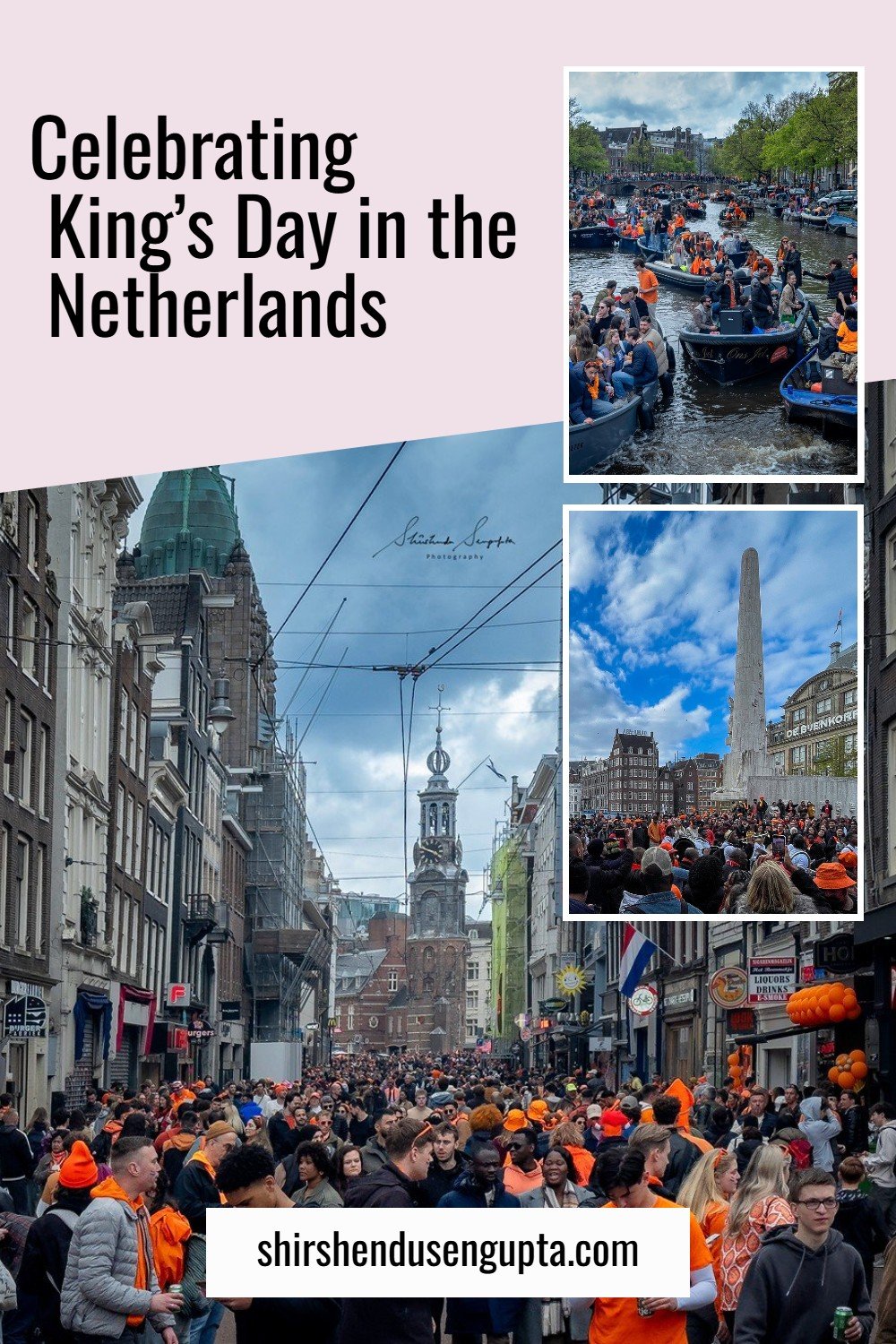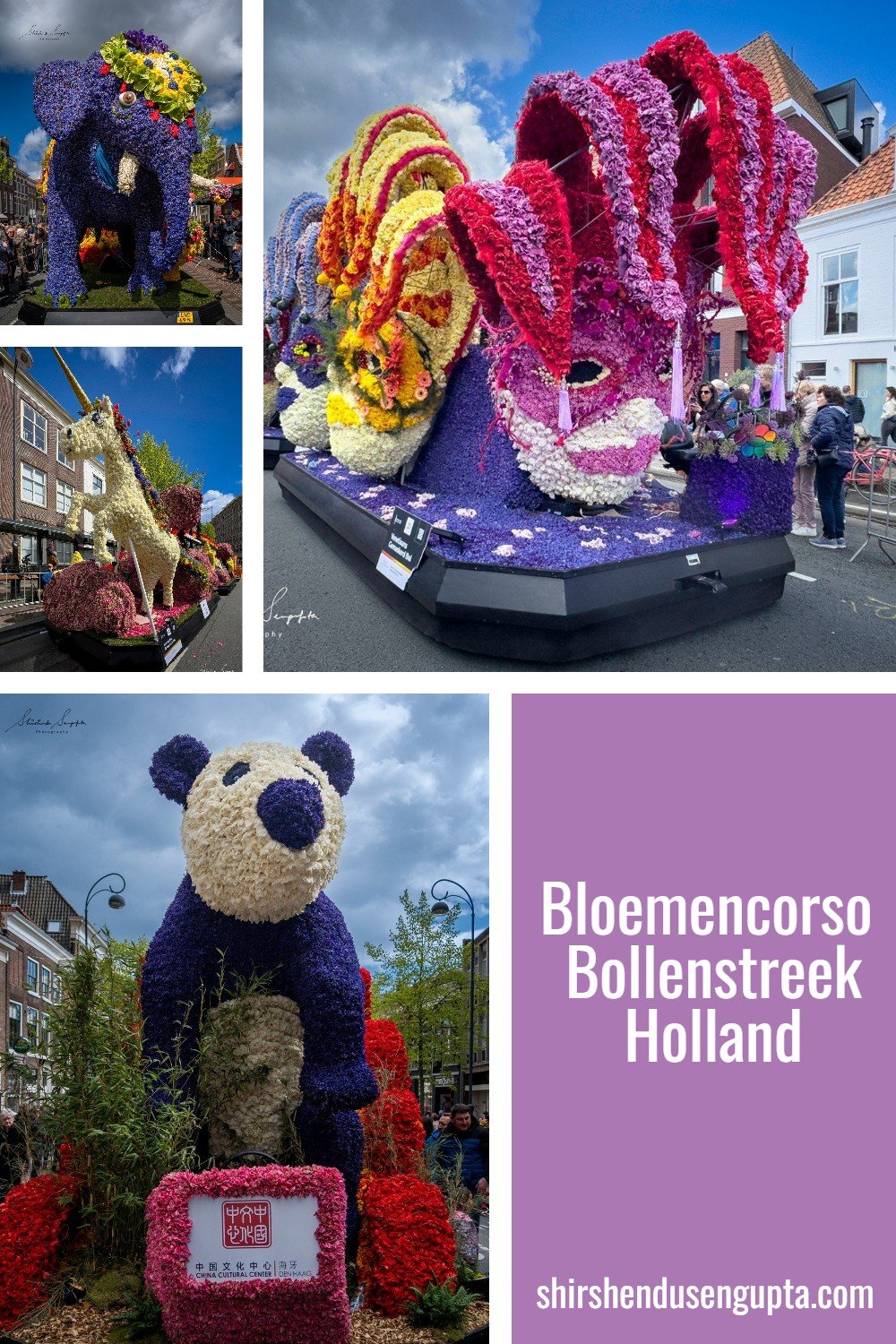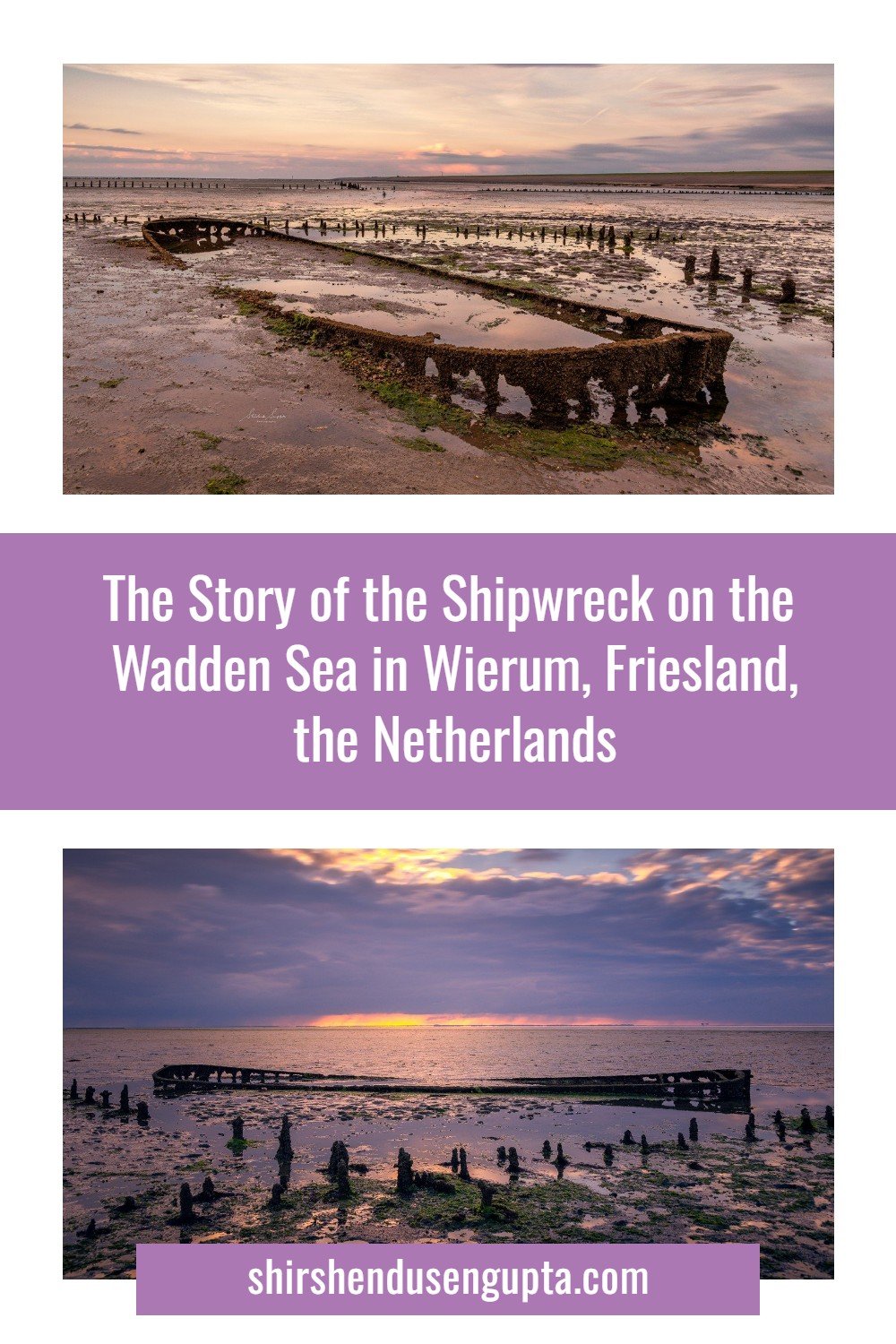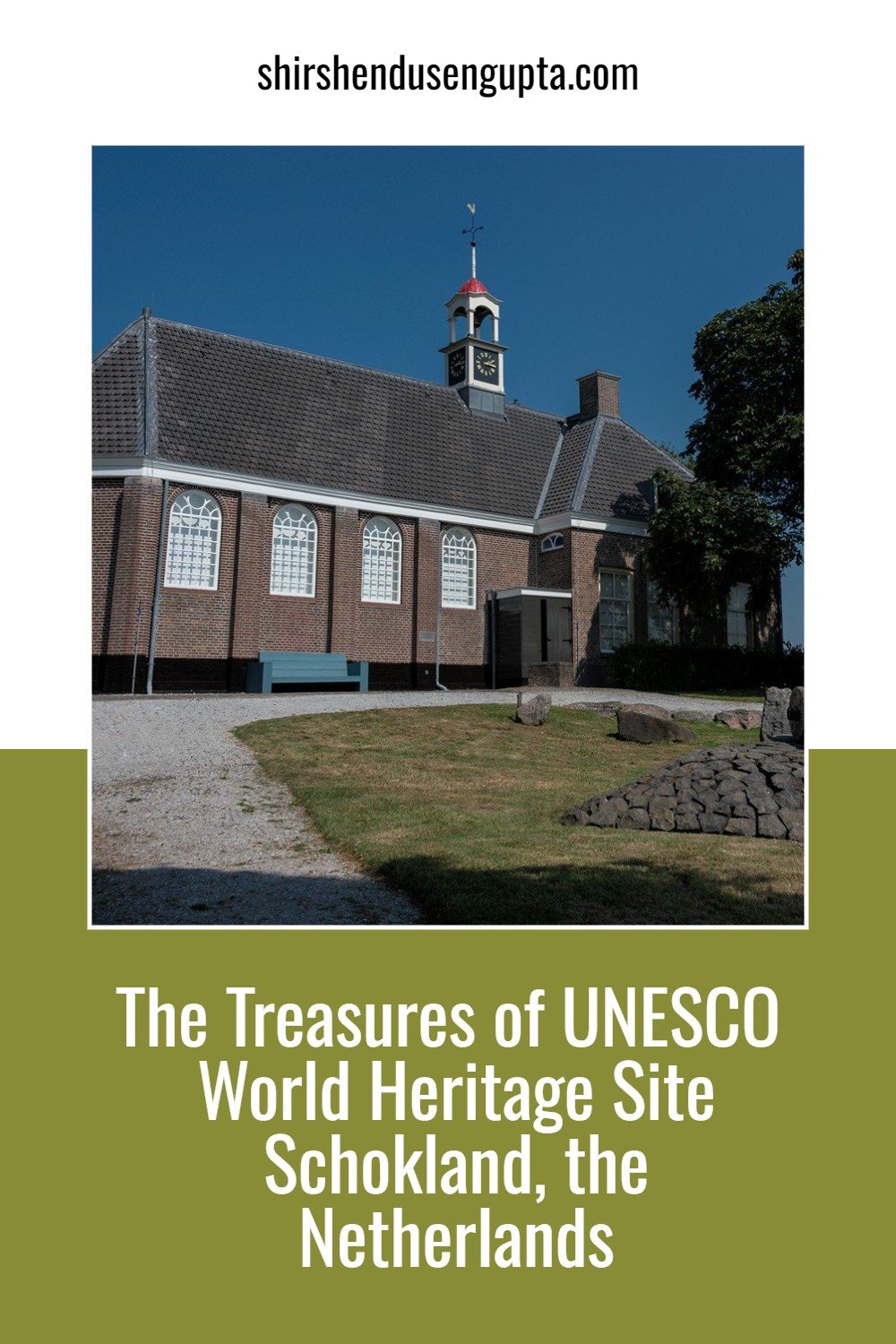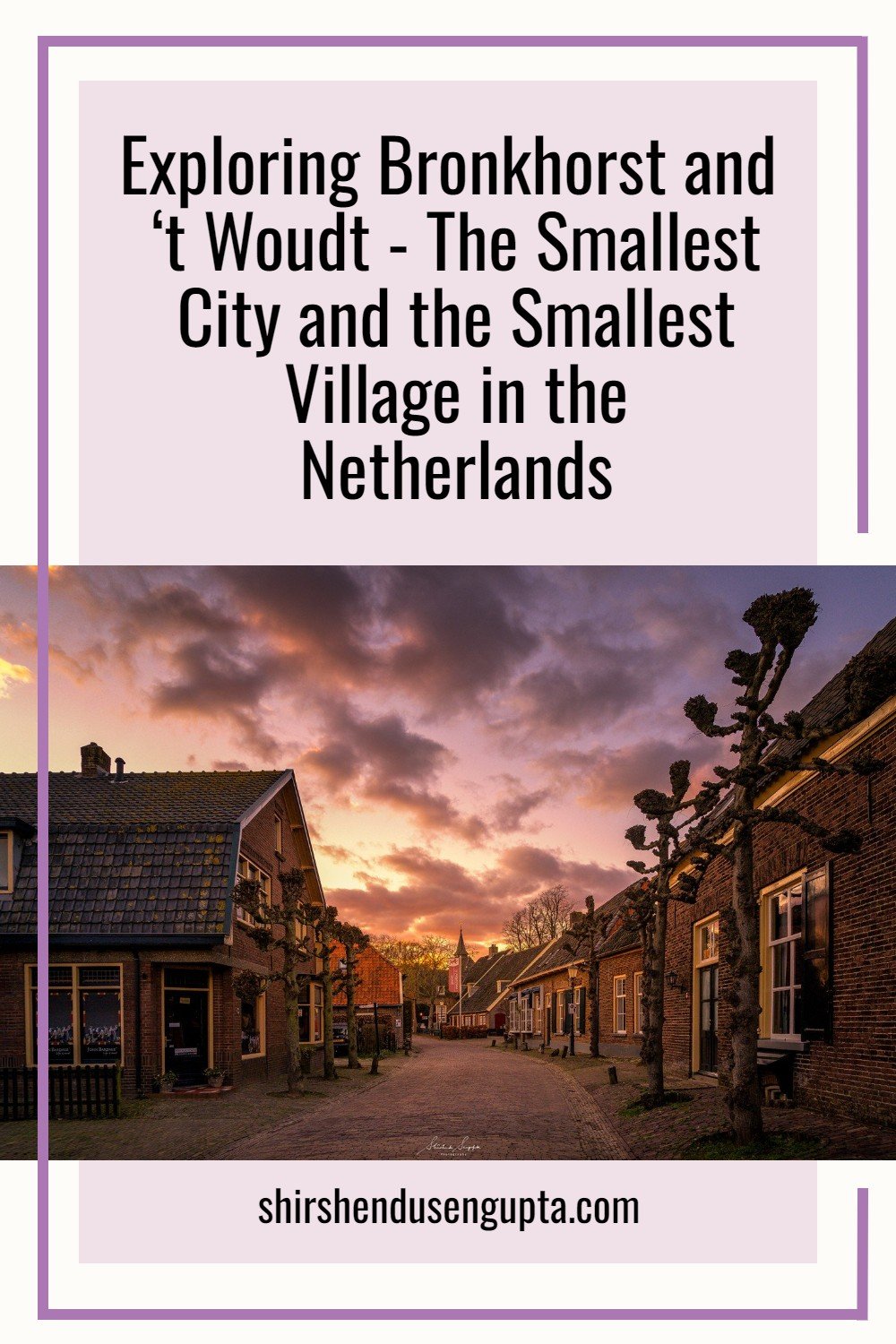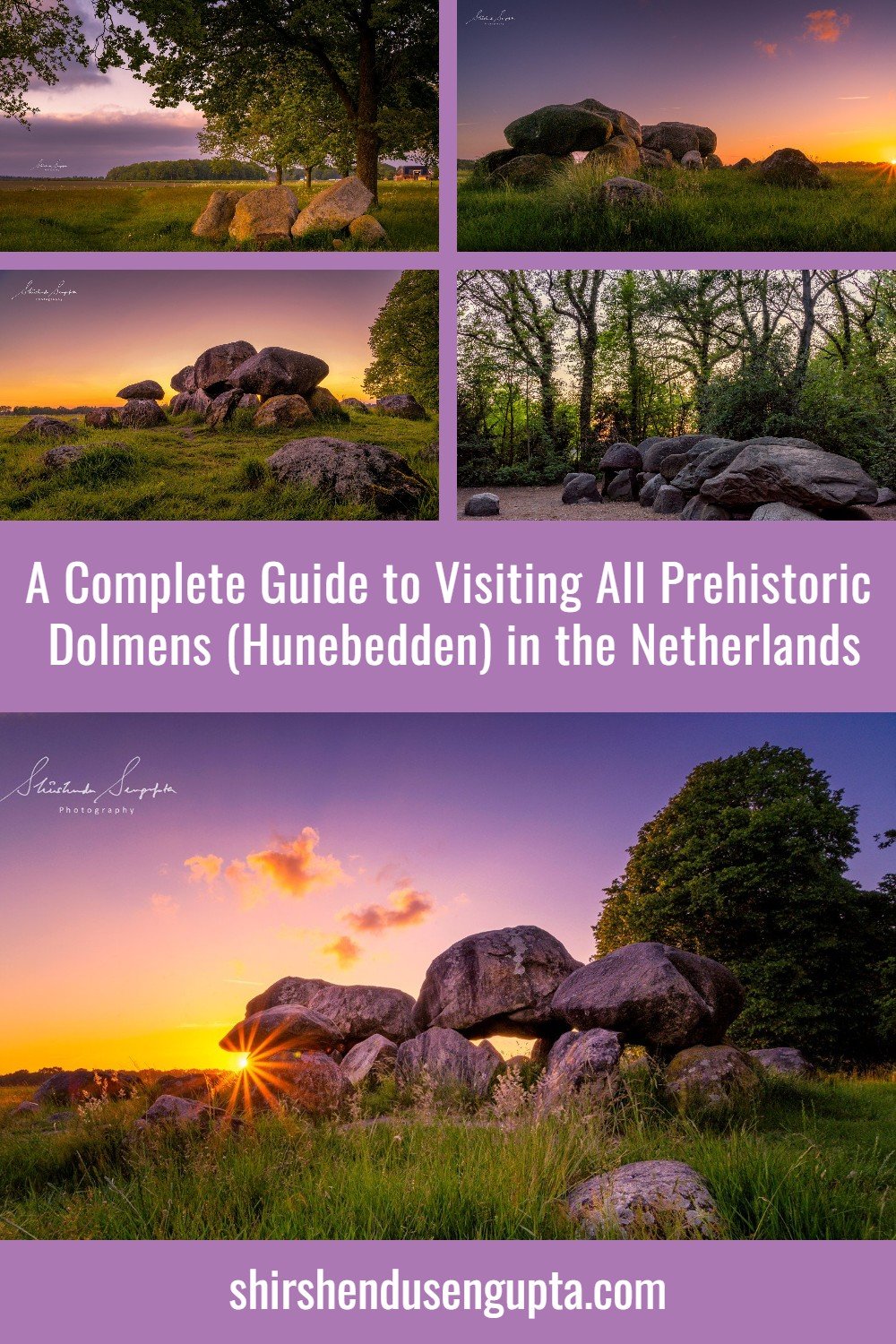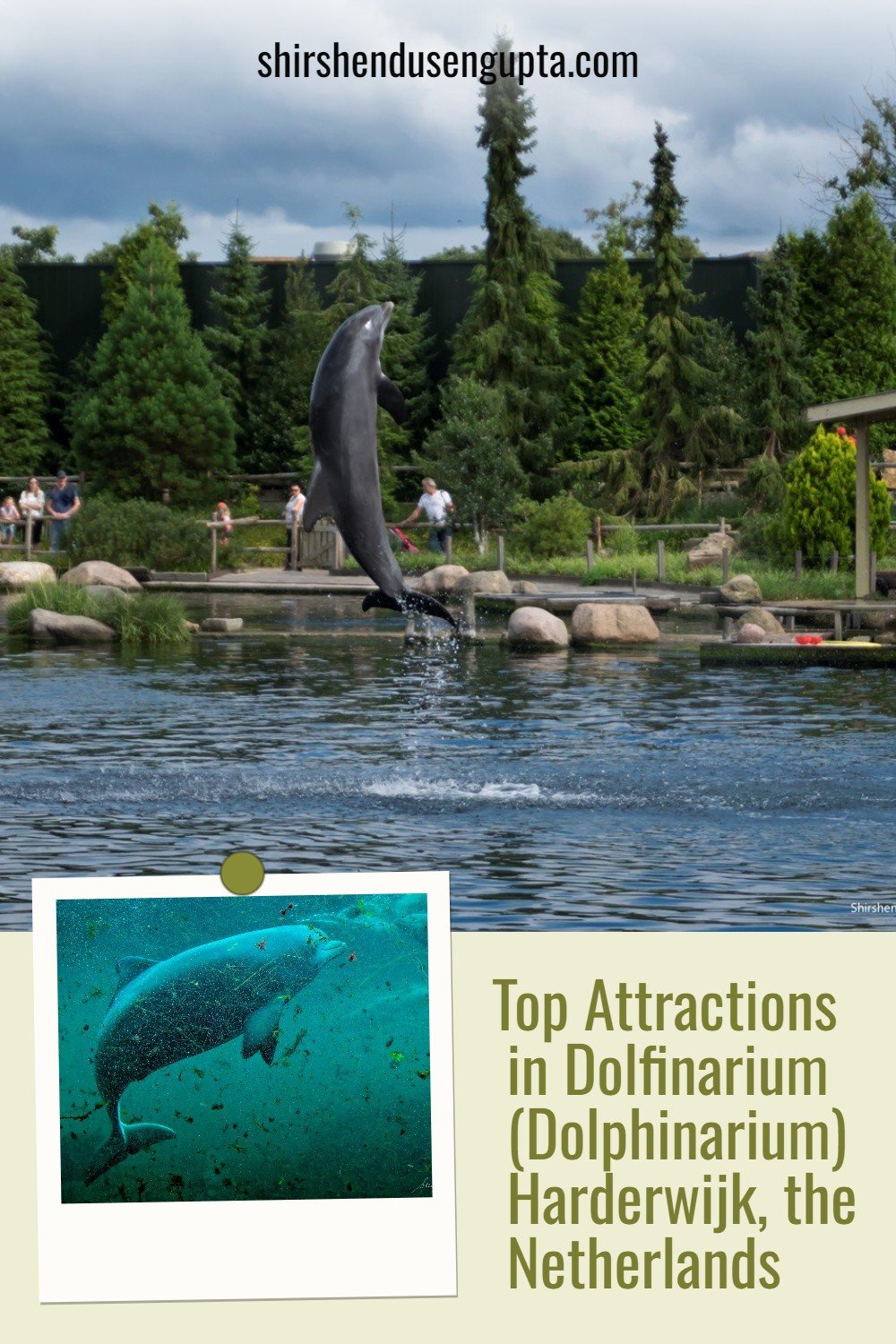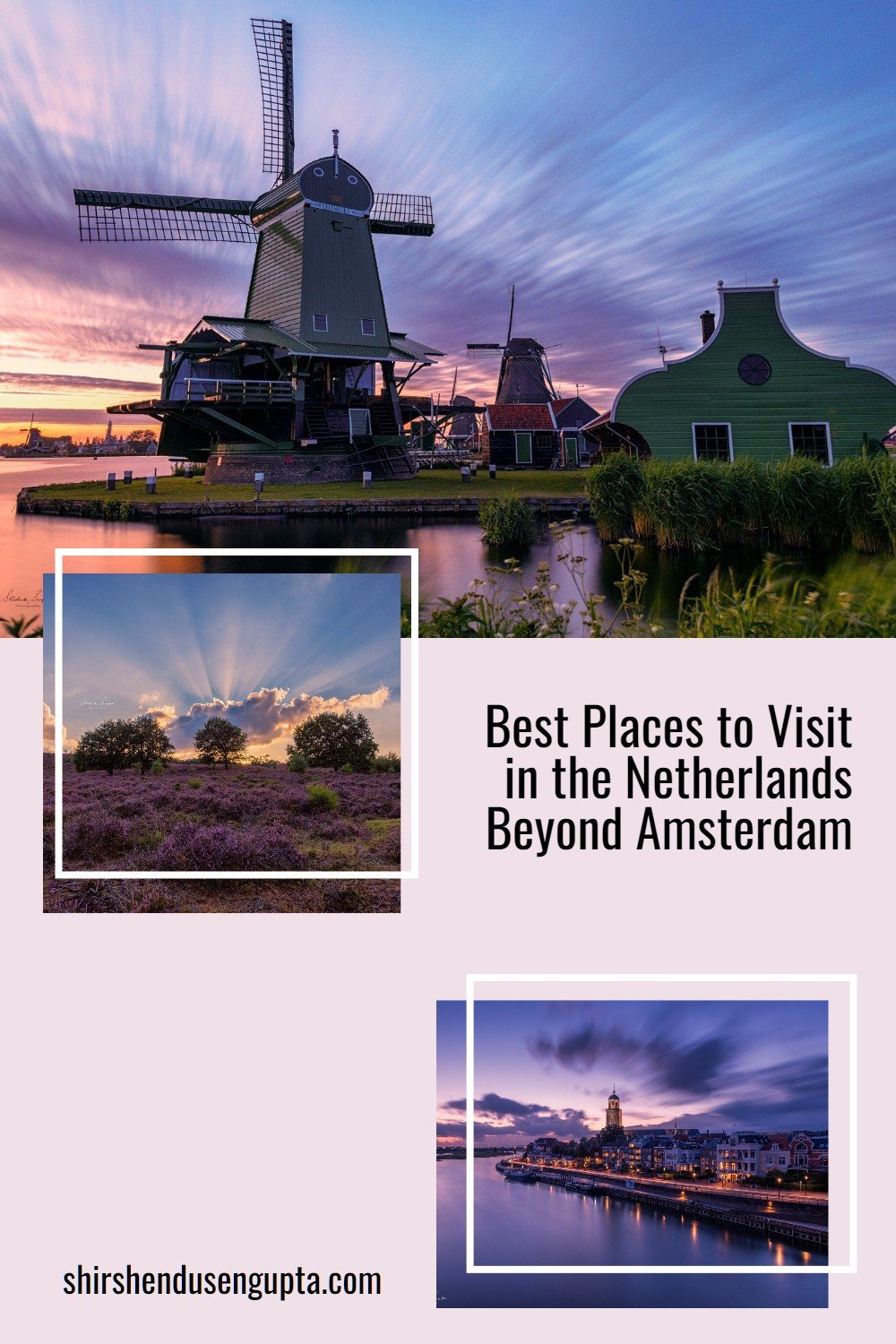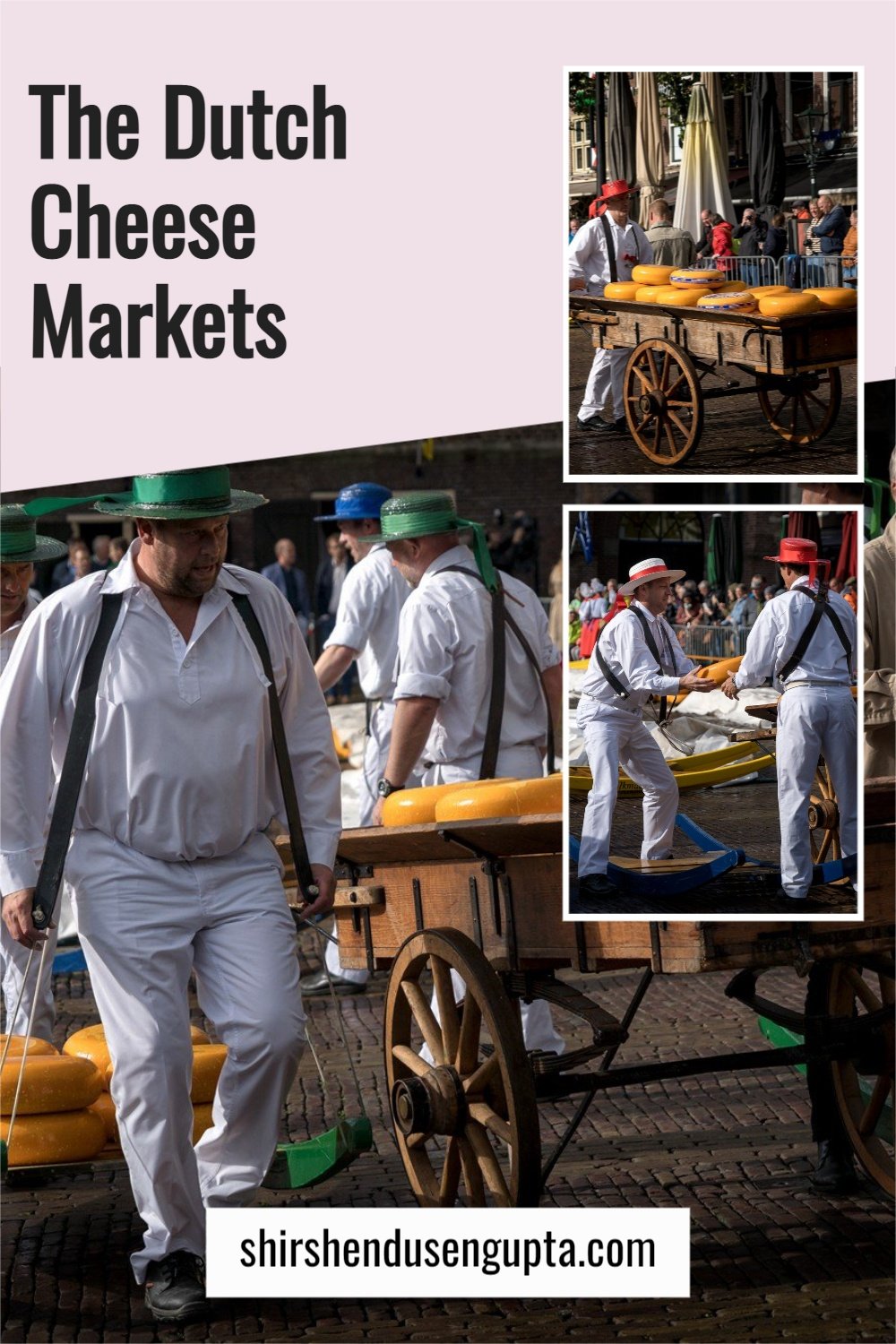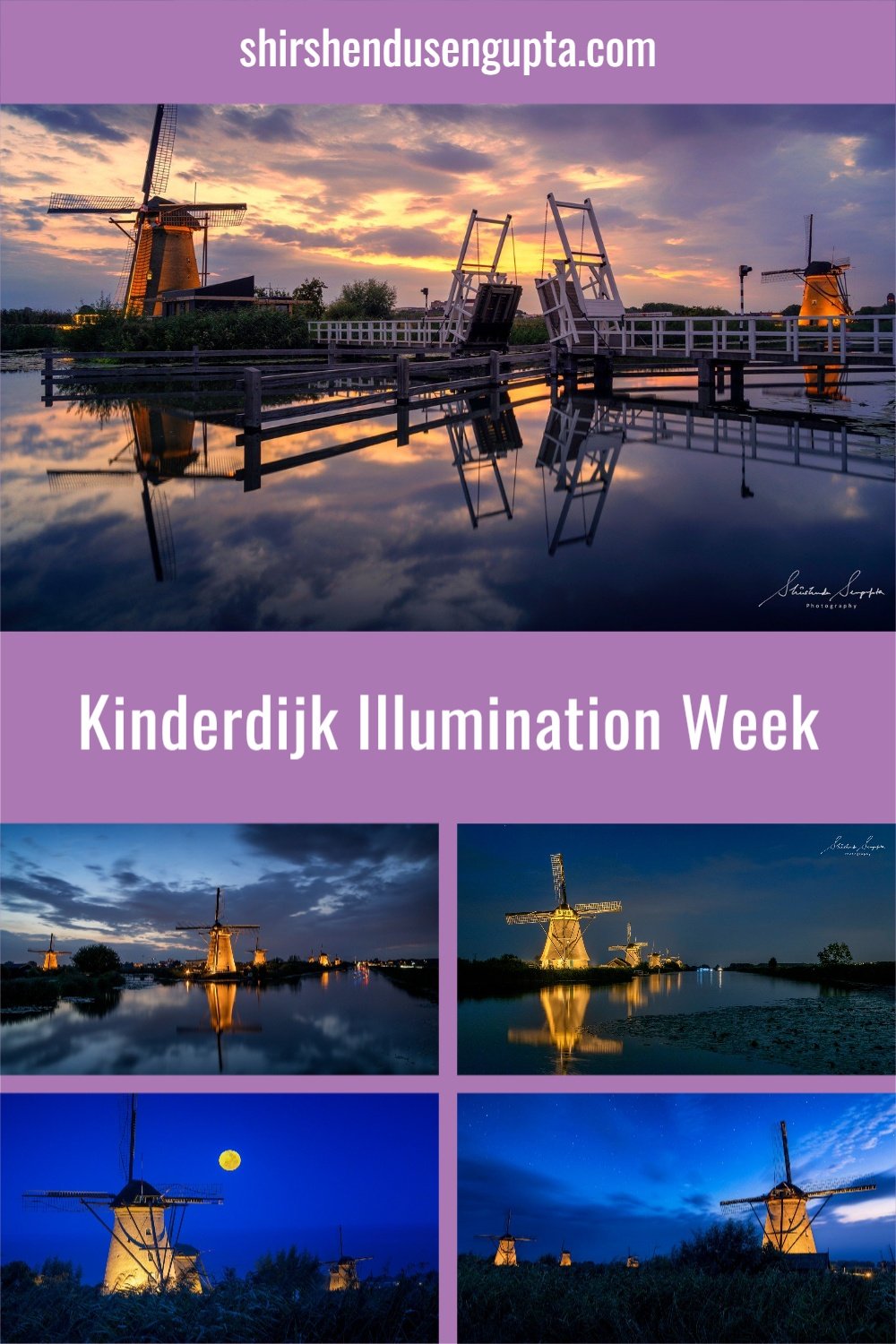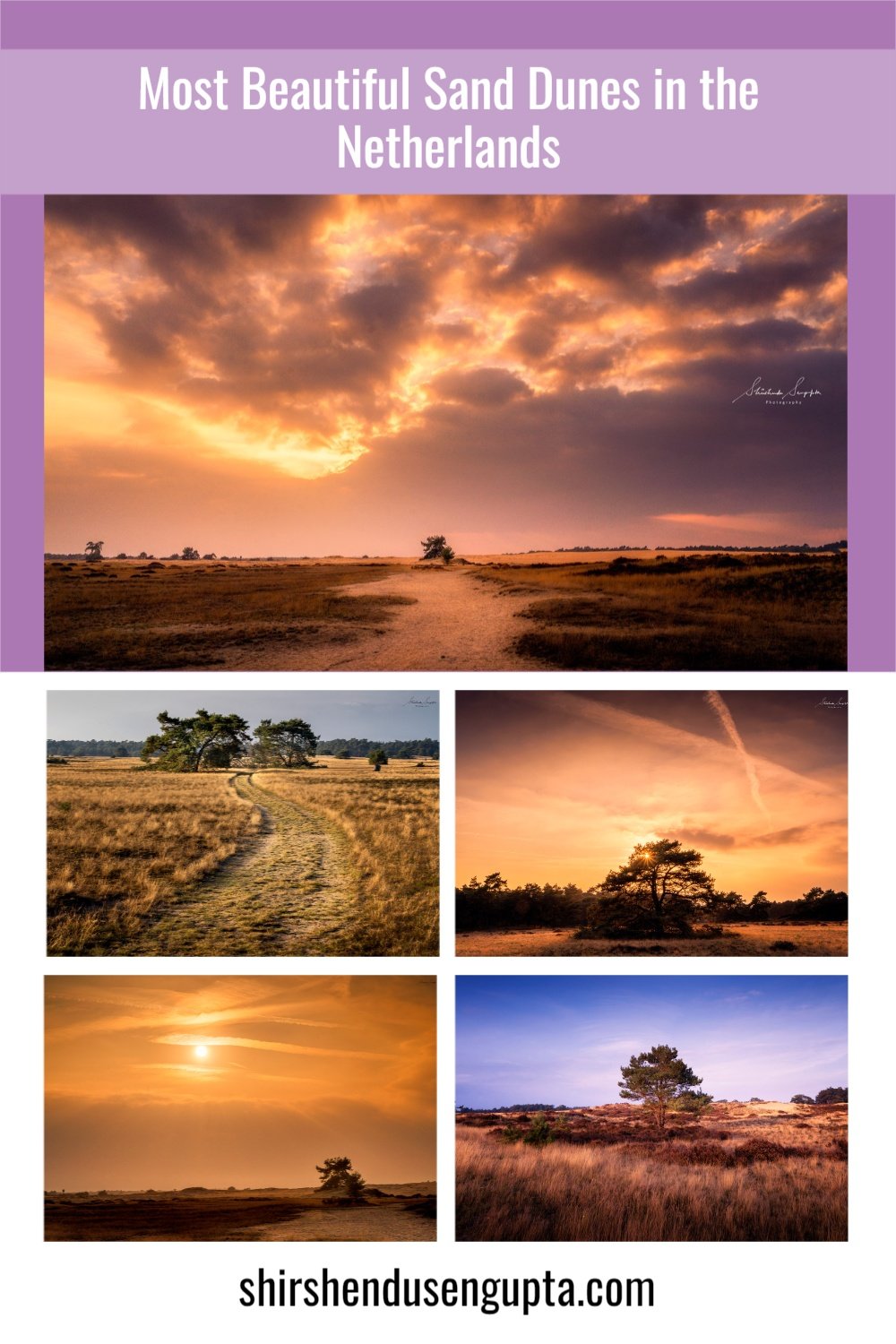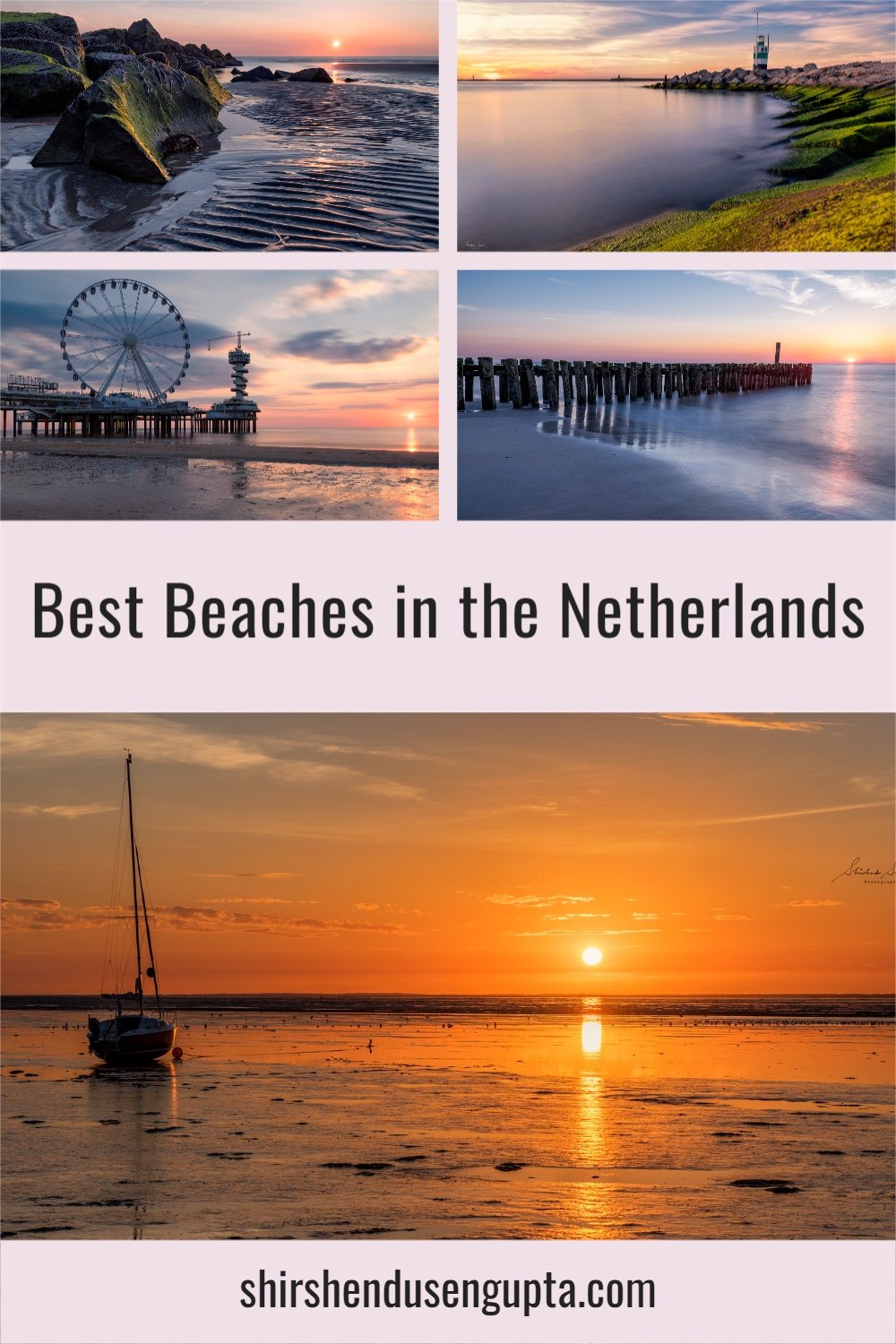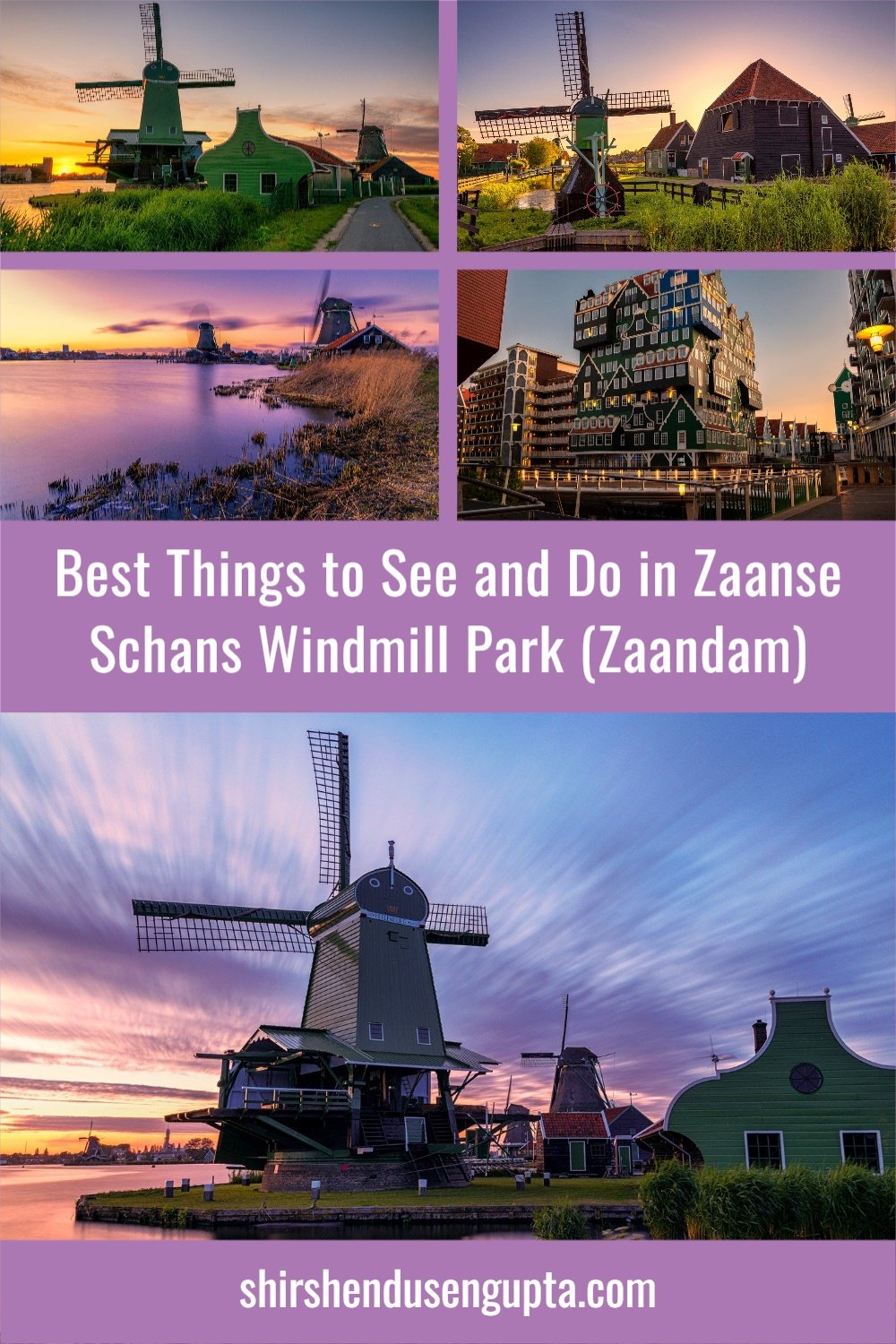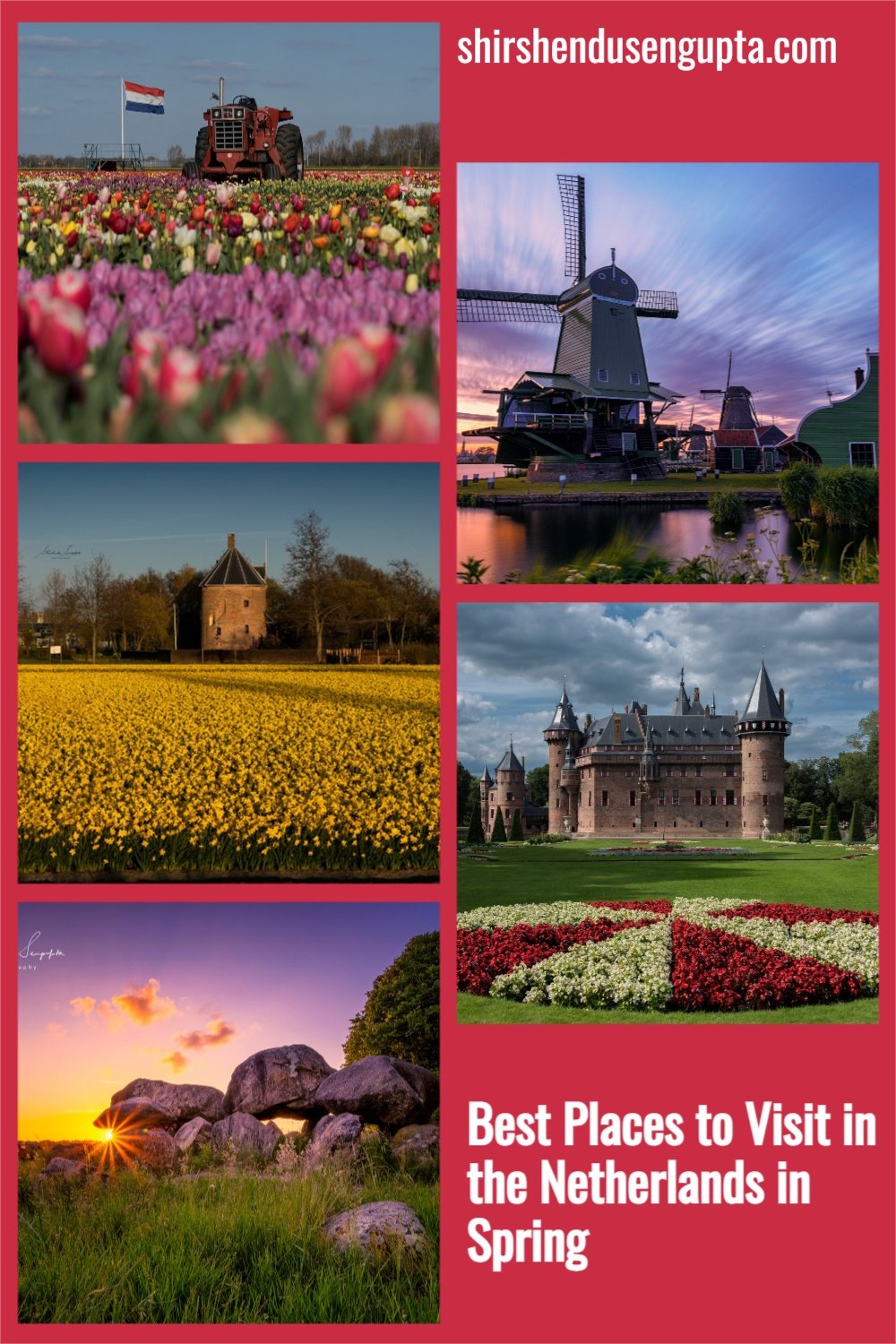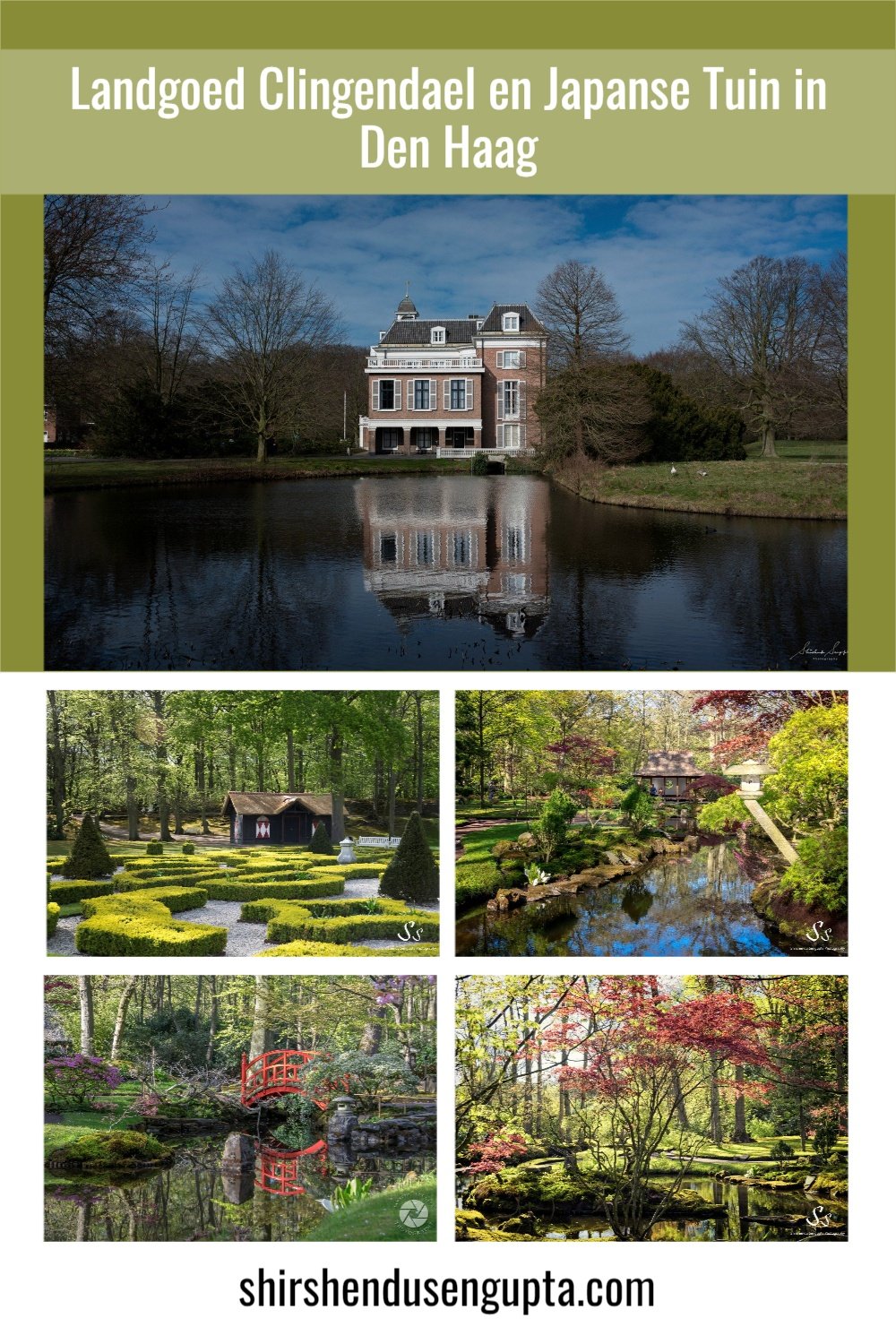Ecokathedraal (Eco-Cathedral) | An Art Project and Natural Monument by Louis le Roy in Mildam, Heerenveen, the Netherlands
What is an Ecokathedraal (Eco-Cathedral)?
Eco-cathedral is a site where people, animals, and plants coexist with abundant unfettered energy endlessly, aimlessly! In actuality, this signifies a location (private or public space) where processes are naturally given time rather than being kept in a conventional manner with the aid of a lot of upkeep. Plants and shrubs can be introduced over time without affecting the current vegetation. By building structures out of natural resources (for instance, stones left over from pavement construction), variety can also be added to the landscape. Cement and mortar are not used so that little animals, insects, or plants, can nest in the small cracks and holes.
A Dutch visual artist, philosopher, and landscape architect (who liked to call himself ‘Ecotect’) Louis Guillaume Le Roy (1924–2012) is credited with coining the term ‘Eco-cathedral.’ The name is made up of two elements, ‘Eco’ standing for the natural world, and ‘Cathedral’ for the culture. He intended this to convey the idea that culture and environment should coexist. They are interdependent; their relationship is symbiotic. He defined the term ‘Eco-cathedral’ as a structure that -
Results from a lifelong partnership between natural organisms - people, plants, animals
Is realized with the help of energy provided by natural organisms - free energy
Evolves into a highly complex structure entirely naturally - development in space and time
Whose final form is not predetermined by drawings or models - spontaneous creation
What is Kathedraaldenken (Cathedral Thinking)?
An eco-cathedral's construction is a generative process that takes several generations. Cathedral thinking is another name for this kind of long-term thinking, as cathedral construction can sometimes take centuries. The architects of the cathedrals were aware that they would never witness the end result. In our day and age where immediate gratification is valued more highly than considering how we will leave the earth for our grandkids, the future generations are often overlooked. Roman Krzanick wrote in his book ‘Good Ancestor’ that we ought to once more be decent ancestors.
A Brief History of the Ecokathedraal at Mildam
The Ecokathedraal, which is located close to the town of Mildam in the gemeente (municipality) of Heerenveen, in the Dutch province of Friesland, was constructed in 1965 by Louis le Roy, who acquired an empty plot of land in that area. He worked out a deal with the municipality so that unused bricks and construction waste would be delivered to him. He progressively built the buildings that would eventually make up his ‘Eco-tectural’ artwork without using any machines or cement. Le Roy argued that every Dutch town should set aside 1% of its area as an eco-cathedral.
Today, the Ecokathedraal is open to the public and spans around two hectares. Due to its distinctive environment and plants, the location is listed as a Cultural Heritage and draws tourists from both domestic and foreign countries. The place is also used for stage plays, music performances (Oranjewoud Festival), guided tours, meditation training, and photo courses.
Who maintains the Ecokathedraal today?
Le Roy intended for the natural surroundings and man-made structures in the area to take hundreds of years to increase in complexity before the Ecokathedraal was complete. While nature and humans work together to create the Ecokathedraal in this way, time is actually its third and possibly most significant contributor. After Le Roy’s demise in 2012, volunteers have continued to advance the area under his direction.
8 new builders are currently working, mostly on Tuesday mornings. Again, there is no precise design drawing for this project, but the shape of the entire structure is determined by the building materials that are provided. The new builders continue to frequently dump and stack them. When we were there on a Tuesday morning while our son Ricky was at school, we saw a person come in a small van to place some roof tiles and then leave after around 15 minutes. Without establishing a deadline, the foundation wants to do everything possible to ensure that this activity will continue until 3000 AD. This time is needed to be able to study the unending processes.
To ensure this continuity, the TIME Foundation was founded in 2001. They also provide guidance for the construction of other eco-cathedrals both domestically and internationally. The Le Roy garden on Europalaan and Kennedylaan is being created as a city park in the Heerenveen-Midden neighborhood using the eco-cathedral process principles. A 100-year statement of purpose to develop this region in an eco-cathedral fashion was signed in 2005 with the municipality of Heerenveen. Also in the Groningen district of Lewenborga a neighborhood named Le Roy has been transformed into an eco-cathedral since the 1970s. The LeRoy Groningen Foundation, which reached a similar arrangement with the city of Groningen in 2008, is the curator of this development.
How to visit the Ecokathedraal?
Address: Ecokathedraal, IJntzelaan, Mildam
GPS Coordinates: 52.9421° N, 5.9979° E
Parking: Guests can park 500 meters away at the restaurant Hof van Schoterland. There is also a parking space around 1 km away at Bed-and-Breakfast Liefheberij de Hooiberg, Kerkelaan 40 in Katlijk. A little further away (more than 1.5 km) there is parking space at the Marijke Meuwei (the parking lot at Pauwenburg) and at the Bieruma Oostingweg near the Belverdére.
Public Transport: Take a train to Amersfoort or Utrecht Centraal and from there take a bus to Heerenveen. From Heerenveen take bus 115 and get down at Mildam bus stop. Then walk for 10 minutes to reach Ecokathedraal.
Opening Hours: Despite being a private property, the area is accessible to the general public 24 hours a day, 365 days a year.
Entrance Fee: There is no admission charge.
Best time to visit: Any time during the day.
Additional Information: Although the location is open to the public, the TIME foundation that oversees the Ecokathedraal emphasizes that it is a functioning site rather than an attraction. There are no restrooms or other amenities on the property, and climbing on the structures is not allowed.
Epilogue
So that was the story about Ecokathedraal in Mildam, the Netherlands. Please let us know in the comments below if you enjoyed reading this article.
If you want to know about other hidden treasures in Friesland, please read our article Discover Friesland | 9 Best Places to Visit in Friesland, the Netherlands. And if you want to explore the best hidden gems in the Netherlands, please read our article Netherlands Off The Beaten Track | 39 Best Hidden Gems in the Netherlands. Until then, merry traveling and happy shooting!
Pin the article
Bookmark the article for reading later!
Want to license/buy photos in the article?
License photos for commercial/editorial use or buy photo prints!
Want us to write an article for you?
Articles for magazines, newspapers, and websites!
Watch our Videos
Check out our videos on our Youtube Channel!
Join the Newsletter
Get updates on our latest articles!
We respect your privacy. Read our policy here.



